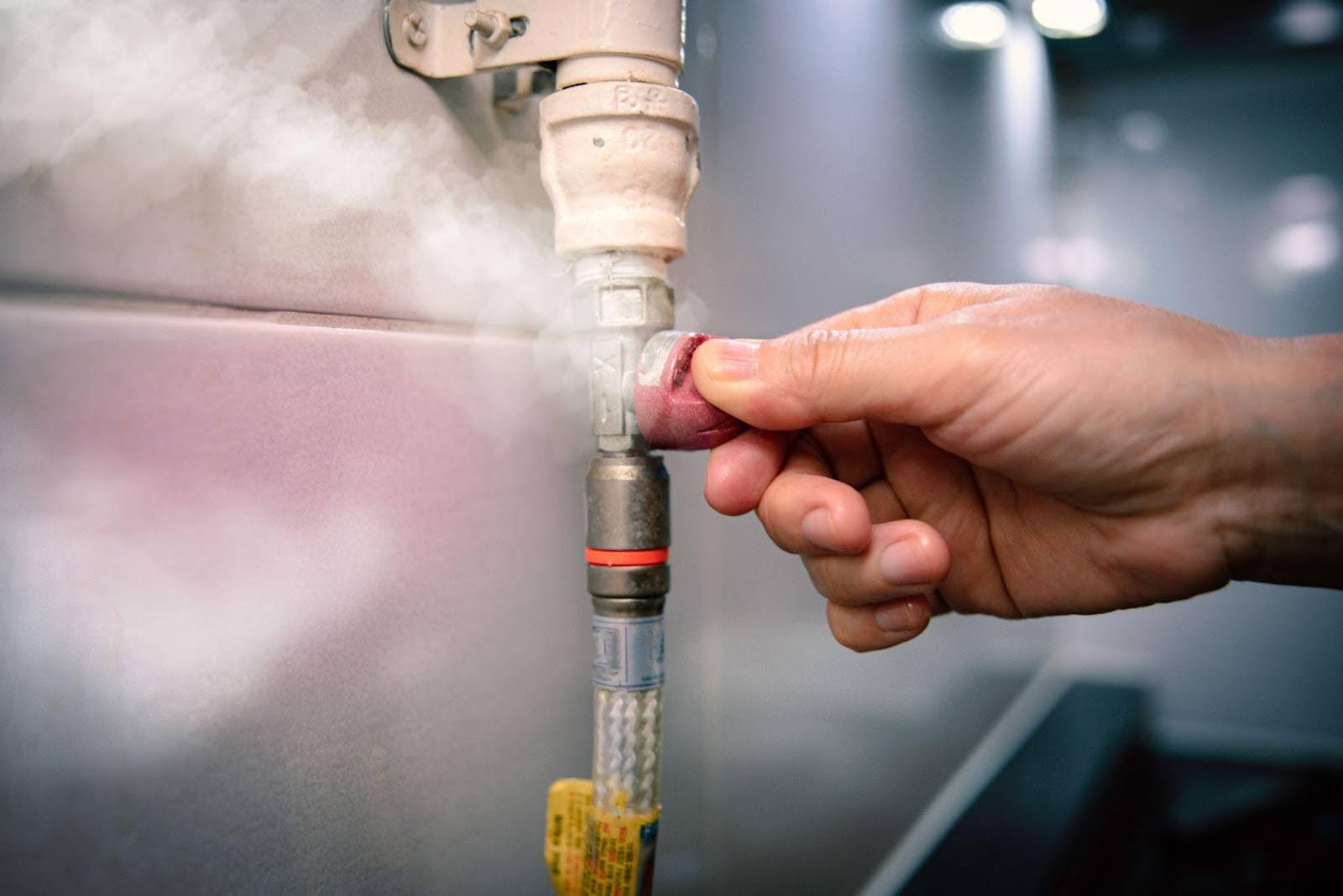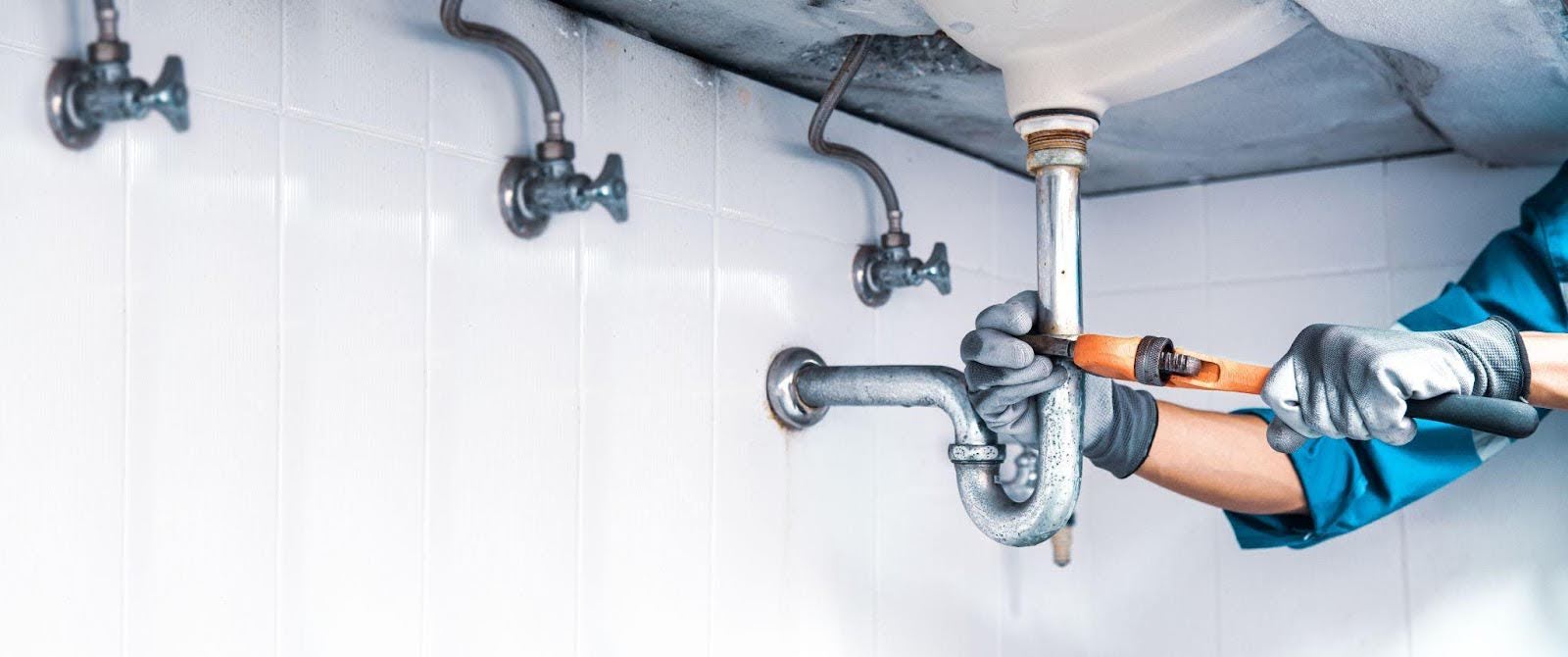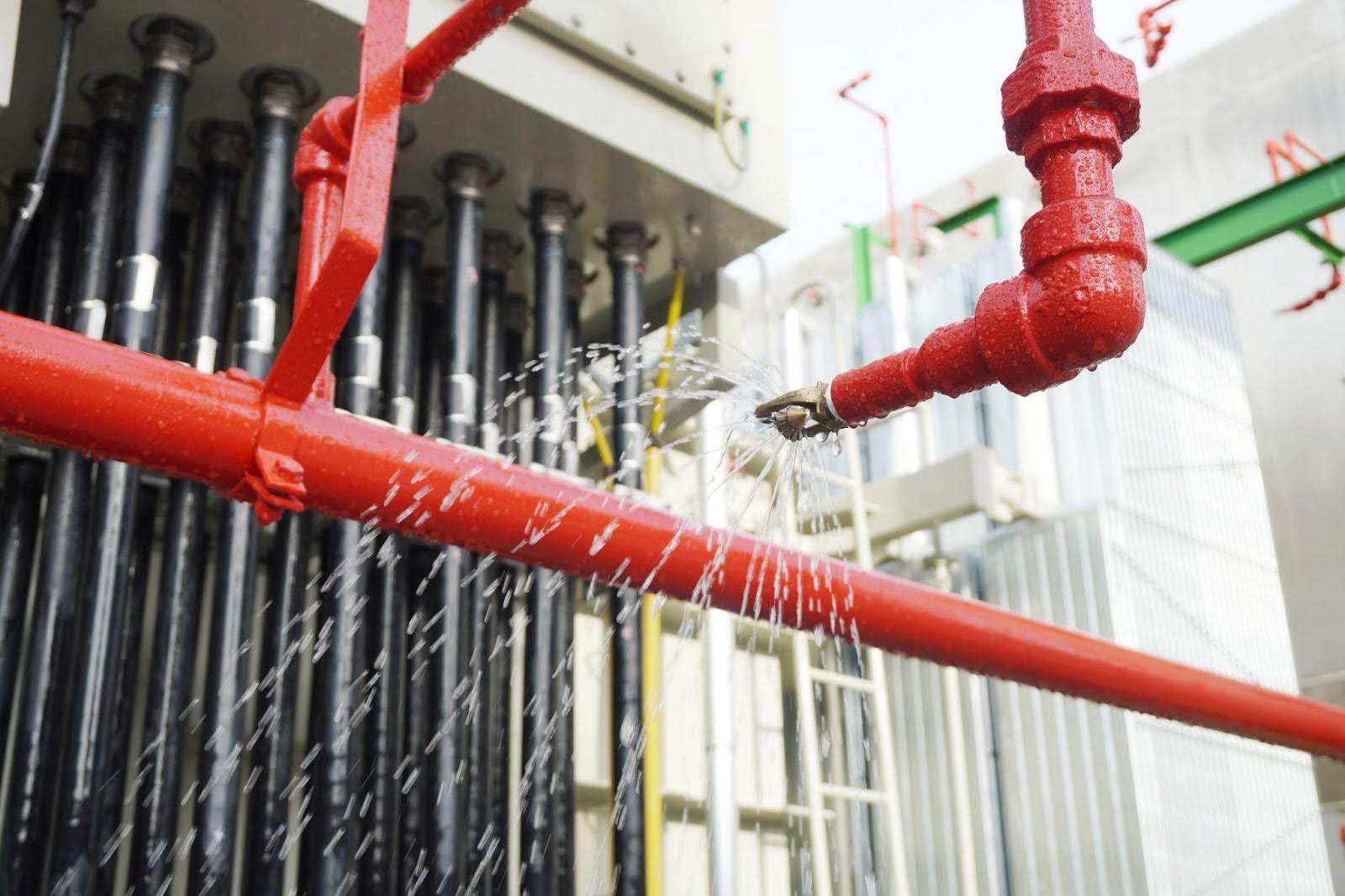Equipping your home with a radiant heating system is the cleanest, most dependable, and most cost-effective way to heat your home. As a homeowner, it couldn’t get any better than this system— saving money and helping the environment is a match made in heaven.
This may seem like new technology, but radiant heating is one of the oldest forms of heating known to humans, dating back to the Roman Empire. So, why are fewer than 10% of homes using this historic and powerful technology? A lot of the time, it comes down to people not knowing about the benefits that come with the system.
Here are five benefits of having a radiant heating system in your home.
What is a Radiant Heating System?
Before we jump into the benefits, it’s important to understand what a radiant system is. Radiant heating uses a system of tubes that are installed under the floors, behind walls, and in the ceiling. These tubes then naturally warm the walls, floors, ceiling, and subsequently your home. You can also use a radiant system to heat your sidewalks and driveways.
The Types of Radiant Heating Systems
Radiant systems can be separated into three categories: electric, hydronic, and air.
Electric Radiant Heating Systems
Electric radiant heating systems use electric cables in the floors, with mats of electrically conductive plastic on the subfloor. Though a common form of radiant heating, the price of electricity makes it one of the least cost-effective systems.
Those who benefit most from an electric radiant heating system usually live in homes with thicker concrete floors that act as a significant thermal mass. This helps store heat in the floor for a more extended time.
Hydronic Floor Heating
Hydronic radiant heating is the most cost-effective system, utilizing water to heat a home. With this system, tubing is installed in a pattern under the floor, and heated water pumped from the boiler travels through the tubes to produce heat.
Many newer hydronic systems allow for zoned heating; this lets you control the temperature in different parts of the house.
Different Ways to Power a Hydronic Radiant Heat System
Hydronic radiant systems are also highly versatile, aside from being the most cost-effective. You can power a hydronic system in three ways
Boilers: You can use natural gas, propane, oil, or biomass boiler to power a hydronic system. This is the cheapest way to do so, though it reduces energy efficiency.
Heat Pumps: Heat pumps are a cost-effective way to compete with gas boilers and serve as an alternative to pricier electric resistance boilers. These pumps can match the output of an equivalent resistance heater with a fraction of the energy input.
Solar Connectors: Solar connectors allow for storing the sun’s energy. This makes for an energy-efficient solution, though it will probably require a higher budget.
Air Floor Heating
This type of system is not the most cost-effective for homeowners, and it’s less efficient than its hydro and electric counterparts. Air heating uses heaters panels and is often combined with solar air heating systems.
Now that you know about the different systems, let’s dive into the benefits of radiant heating systems.
1. They’re Energy Efficient
A radiant heating system runs at a constant 84 degrees Fahrenheit, compared to traditional heaters that run from 149 to 167 degrees Fahrenheit. Traditional systems face duct losses, explaining the significant difference in usage.
Radiant systems end up using less energy since they don’t experience loss, which will save you a pretty penny on your energy bill.
2. A Radiant Heating System Conserves Space
Since a radiant heating system is installed under your flooring, in your walls, and the ceiling, you’ll free up space that a radiator would have taken up. No radiator means that you’ll have more room to decorate, use as storage, and you won’t have to worry about the hazards that come with traditional radiators.
These hazards come from the dust and debris that builds upon the radiator, and damages your lungs, especially if you have asthma and other respiratory diseases.
Additionally, radiators are scolding to the touch, which can be especially dangerous for children and pets.
3. Radiant Heating Systems are Silent
Another significant benefit you can expect from a radiant heating system is its silent operation. Traditional heating systems tick, hiss, and the sound of blowing air is enough to keep you up at night. Radiant systems are nearly silent, and their operations go unnoticed to give you a relaxing heating experience.
4. Radiant Heating Systems Work Quickly
Newer technology, such as conductive panels, allows radiant heating systems to heat a house more quickly. Traditional radiant systems take a longer time to heat and cool due to the use of thick concrete, but innovations have allowed these systems to perform more efficiently.
Now, you’ll find that a radiant heating system will heat your home so much faster than traditional radiator-reliant systems.
5. A Radiant Heating System is Scalable
Because it’s installed under your floors using tubes, you can choose where you want to have your radiant heating system. If you don’t need to or can’t afford to install the system in multiple rooms, you can pick specific areas to heat.
Alternatively, if you want to test out the system before you jump all in, equipping one room to start is a great way to see if the system fits your needs.
Give the Radiant Heating System Experts a Call
If you have a radiant heating system installed in your home and need repairs, make sure you give us a call at Salisbury Plumbing. Our experts will come and inspect your system and provide a detailed report on what we find— we’ll also give you an approximate cost and timeframe of when you can expect your system to be back up and running.
We strive to provide the best customer service possible from Provo to Orem, American Fork, and other cities in the Greater Utah County area. Get your free estimate today.







